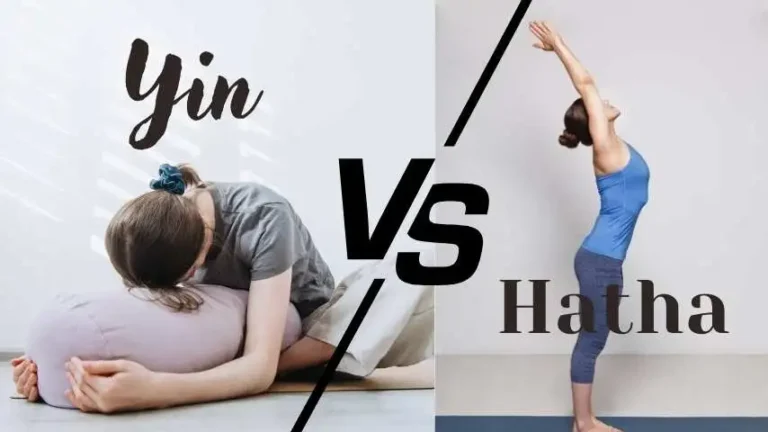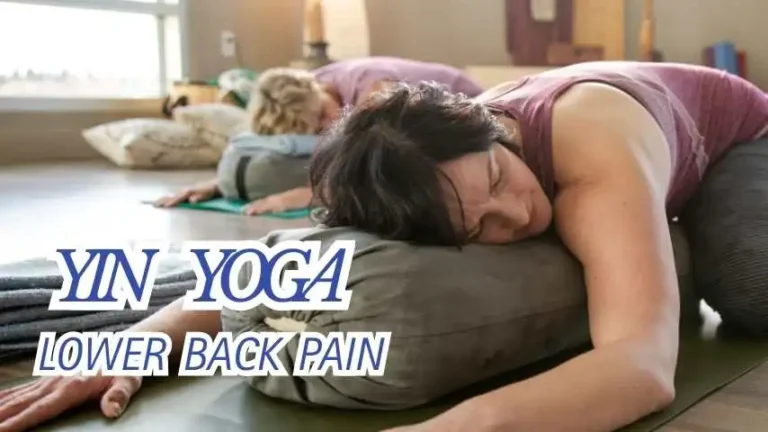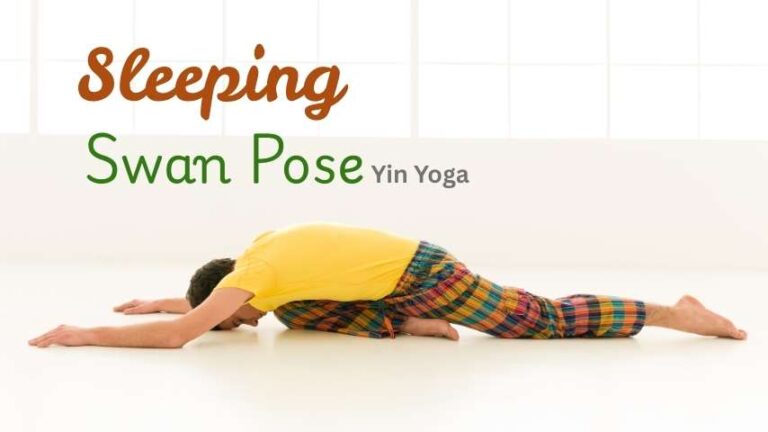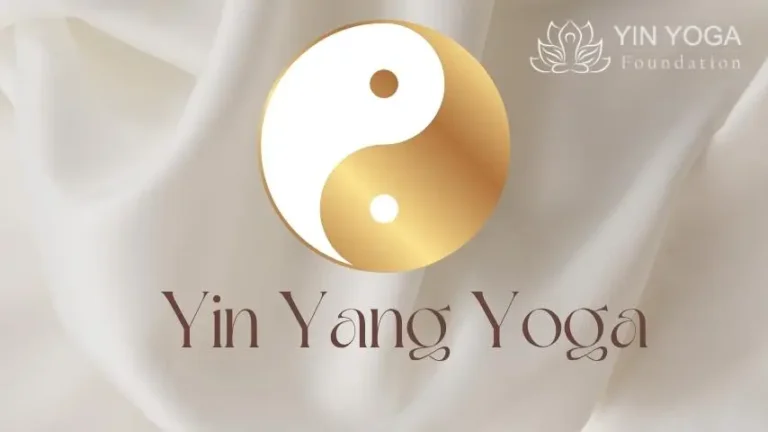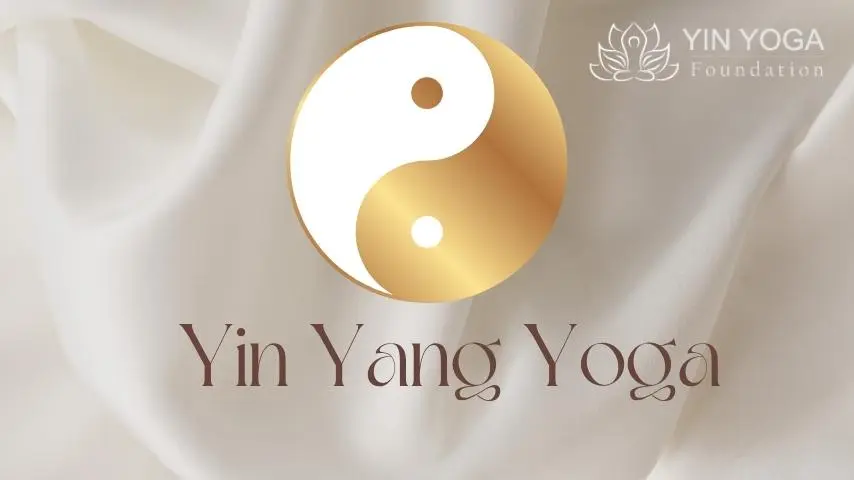
What is Yin Yang Yoga?
Yin Yang Yoga is an innovative combination of two distinct styles of yoga – Yin Yoga and Yang Yoga. It combines the slow, meditative, and meditative qualities associated with Yin Yoga with the active, energetic, and muscular characteristics associated with Yang Yoga. This combination makes a practice holistic and strengthens the body as well as the mind.
Yin Yoga focuses on stretching the connective joints and tissues. In contrast, Yang Yoga aims to strengthen muscles and build endurance. Together, they provide a complete workout for both the body and mind. This aligns with the traditional Taoist idea of balancing the opposing forces of Yin and Yang.
The Origins of Yin Yang Yoga
Yin Yoga
Traditional Chinese Medicine (TCM) and Taoist philosophy inspire Yin Yang Yoga. In these beliefs, Yin and Yang are the basic ideas of existence. People recognize Yin for her quiet, cold, passive, and reflective nature. Yang, on the other hand, connects to energy, movement, heat, and action.
The designers made the practice to help with modern life. Intense workouts or busy routines can cause imbalance. Yin Yang Yoga brings harmony through blending both ends of the spectrum into a single session.
Yin Yoga is especially beneficial to improve joints’ mobility, improving circulation, and soothing your nervous system. It promotes mindfulness and awareness, so it is not just a physical activity but also a meditation one. People frequently use equipment like blankets, bolsters, and blocks to aid the body and promote the relaxation of postures.
Good for everyone. Experts recommend it for those seeking relief from stress, recovery, or deeper thinking.
Yin Yoga helps us develop patience, quietness, and acceptance.
It balances the fast-paced, yang-dominated life many of us live today. This makes Yin Yoga an important part of any fitness routine.
Yang Yoga
Yang Yoga is a more energetic and active style of yoga. It focuses on building strength, stamina, and flexibility through movement and muscle use. It encompasses practices like Vinyasa, Ashtanga, Hatha and Power Yoga.
These styles involve moving sequences that usually match breathing. We call this “vinyasa.” Practitioners hold the poses for shorter times than in Yin Yoga.
The word “yang” comes from Taoist philosophy. It symbolizes energy, heat, light, and movement. These qualities contrast with the calm and sluggishness of “yin.”
When you practice Yang Yoga, the goal is to boost your body’s energy. It helps create inner heat and improves focus and discipline. Yoga poses target muscles. Practitioners often do them while standing, balancing, or moving smoothly.
Yang Yoga helps improve heart health, tone the body, improves flexibility, and improves concentration. Particularly beneficial for those who are looking for a more challenging and stimulating exercise. It also assists in releasing the tension and improve posture and boost overall fitness.
A well-balanced yoga practice typically incorporates at least Yin and Yang elements. They actively balance their efforts with stillness and surrender.
Yin Yoga helps create inner calm and supports joint health. Yang Yoga builds energy, endurance, and strength. Together, these two practices work well to improve overall health and well-being for both body and mind.
Yin Yang Yoga
Yin Yang Yoga is a balanced practice. It combines the benefits of two types of yoga.
Yin Yoga is passive and meditative.
Yang Yoga is active and dynamic. Yin and Yang come from Taoism.
They represent two opposing but similar energies. These include stillness and motion, heat and cold, and receptivity and action. The Yin Yang Yoga class harmonizes these forces to enhance general physical, mental and energetic health.
A typical class begins with the Yang sequence. This sequence includes flowing moves that build heat. These moves challenge muscles, strengthen the body, and improve circulation.
The Vinyasa portion could include flowing, standing poses or core exercises. After the active phase, it is time to move into Yin postures. These are deep stretches held for a few minutes. They focus on the connective tissues and promote relaxation, flexibility, and contemplation.
This integrated approach assists in balancing the body’s energy system and assists in physical fitness and the inner peace. The perfect choice for those who seek to combine mindfulness and movement within a single session. Yin Yang Yoga can improve flexibility, strength, mental clarity and relieve stress.
All levels are welcome. Yin Yang Yoga provides a complete experience that reflects life’s natural cycles. It combines effort with relaxation and action with calmness. A powerful method to cultivate harmony in the mind and body exists.
Components of Yin Yang Yoga
1. Yin Yoga (The Passive Part)
- Goal Areas Ligaments, connective tissues, fascia and joints.
- The duration of the poems between 3 and 5 minutes.
- You can perform the postures while sitting or lying down.
- Focus Breath awareness inner stillness and mindfulness.
Yin yoga can help increase flexibility and flexibility, particularly in the pelvis, hips and lower spine. It also increases circulation throughout joints and promotes the release of emotions.
2. Yang Yoga (The Active Part)
- Goal Areas Muscles and the cardiovascular system.
- Duration of Poses: Maintain each position for one to three breaths.
- Postures: Standing, flowing sequences (e.g., Vinyasa, Hatha).
- Focus: Strength, endurance, balance, energy.
Yang yoga is an excellent method for engaging your muscles. It enhances balance and coordination while also increasing your internal warmth. This makes it a good choice for fitness.
Difference Between Yin and Yang Yoga
| Aspect | Yin Yoga | Yang Yoga |
|---|---|---|
| Energy Type | Passive, cooling, meditative | Active, heating, energizing |
| Target Area | Deep connective tissues (ligaments, joints, fascia) | Muscles and cardiovascular system |
| Pose Duration | Long holds (3–5 minutes or more) | Shorter holds with dynamic movement |
| Movement | Minimal movement, mostly seated or lying down | Continuous flow or strength-based movements |
| Breath Focus | Slow, deep, and calming | Breath linked to movement (e.g., in Vinyasa) |
| Mental Approach | Introspective, meditative, focused on stillness | Focused, alert, and disciplined |
| Purpose | Increase flexibility, joint health, and mindfulness | Build strength, stamina, balance, and energy |
| Pace | Slow and quiet | Fast or moderate and energetic |
| Examples | Yin Yoga | Hatha, Vinyasa, Ashtanga, Power Yoga |
| Best For | Stress relief, deep stretch, emotional balance | Physical conditioning, energy boost, strength |
Summary:
Yin Yoga is slow, passive and meditative. Ideal for deep tissue relaxation and a sense of stillness. Yang Yoga is energetic and energetic, great for developing strength and vitality. Both are great to ensure a balanced mental and physical well-being.
Join Yin Yoga Teacher Training to deepen your practice. Delve into anatomy, energy pathways, and mindfulness. Master effective teaching.

